Some landings are more memorable than others for a reason.

The vast majority of modern air travel is remarkably routine, a testament to the incredible engineering and skill that goes into every flight. However, not all airports are created equal. Due to extreme weather, high altitude, challenging terrain, or short runways, a handful of airports around the world require an extraordinary level of precision and nerve from the pilots who navigate them.
While some are remote airstrips, others are major hubs you may have already passed through, blissfully unaware of the challenge the pilots just overcame to get you there safely.
1. The approach to Paro Airport in Bhutan is famously treacherous.
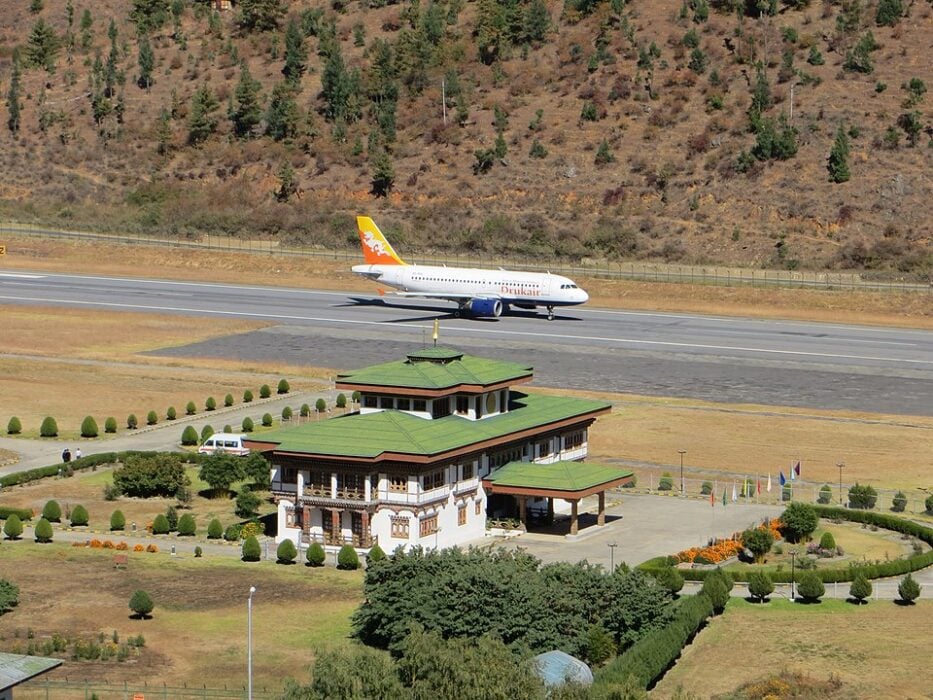
Tucked deep within a Himalayan valley, Paro Airport is considered one of the most challenging in the world for commercial aircraft. The runway is surrounded by soaring peaks that reach over 18,000 feet, meaning pilots have to execute a series of sharp, winding turns on their final approach. There is no radar assistance; the entire landing must be done manually and visually.
Because of the extreme difficulty, only a very small, specially certified group of pilots is authorized to fly into Paro, as shared at HowStuffWorks. They must navigate the steep, narrow valley, often in high winds, before making a final sharp turn to line up with the runway. It is a breathtakingly beautiful but undeniably white-knuckle approach.
2. Reagan National Airport in Washington, D.C. requires precision flying.
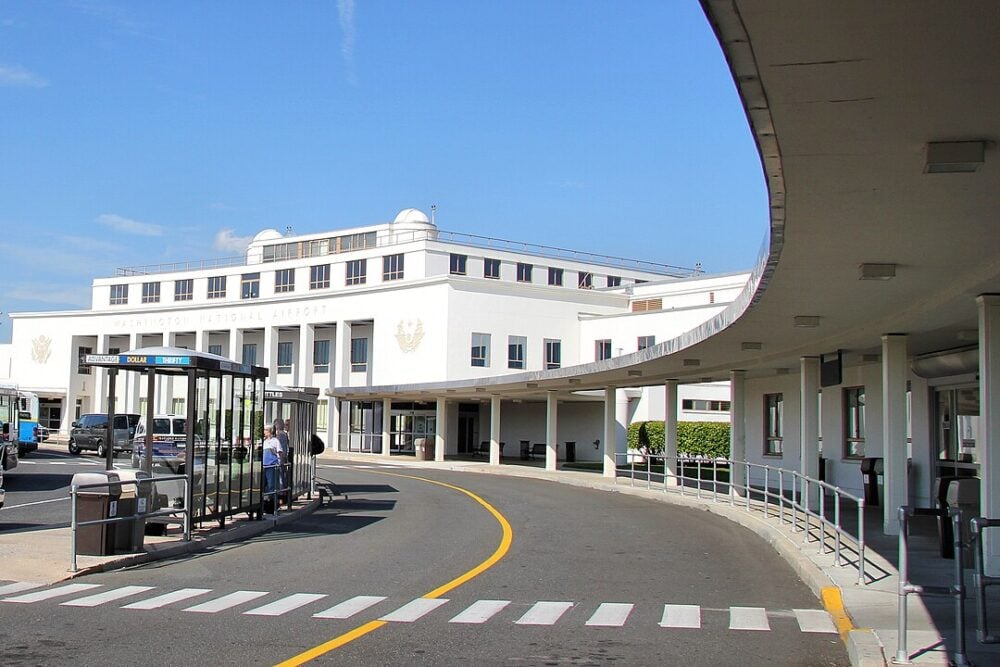
This is the dangerous airport that millions of Americans have flown through without realizing the skill involved. Because of its proximity to the capital and its highly restricted airspace, Reagan National (DCA) has one of the most complex approaches of any major U.S. airport. The famous “River Visual” approach requires pilots to manually fly their aircraft along the Potomac River.
They must make a series of tight turns at a low altitude to avoid sensitive locations like the White House and the Pentagon before making a final, sharp turn to line up with the runway, according to AirClaim. It’s a beautiful view but a demanding maneuver that leaves zero room for error.
3. Princess Juliana Airport in St. Maarten is a danger to beachgoers.

You’ve almost certainly seen the videos: a massive passenger jet skimming just feet over the heads of tourists on Maho Beach before landing at Princess Juliana International Airport (SXM). While it makes for a spectacular photo, it’s a uniquely dangerous situation. The runway is extremely short, forcing pilots to make their final approach incredibly low over the water and the beach.
The real danger, however, is on takeoff. The powerful jet blast from departing aircraft can create a hurricane-force wind that has thrown people into the water and against concrete barriers, causing serious injuries and even a fatality, as per Executive Lounges. It’s a place where the spectacle of aviation comes with a very real and present risk.
4. A cliffside runway makes Lukla, Nepal a nightmare.
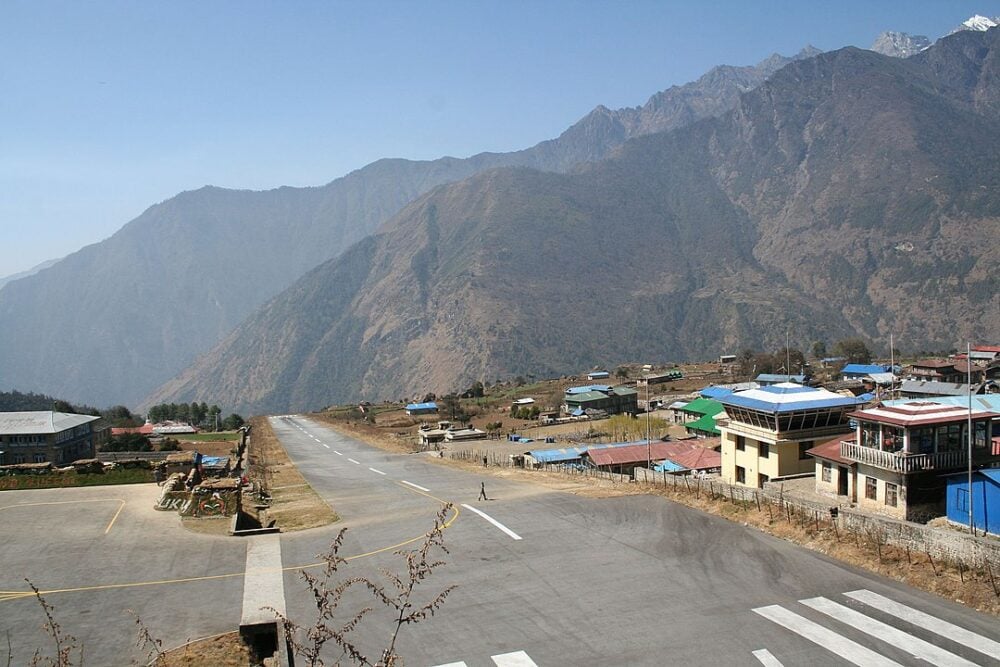
For trekkers hoping to climb Mount Everest, the journey begins at Tenzing-Hillary Airport in Lukla, Nepal, widely considered the most dangerous airport in the world. The runway is incredibly short, less than 2,000 feet long, and is perched on the side of a mountain at an altitude of over 9,300 feet. There is no room for error.
The runway is sloped at a 12-degree angle to help planes slow down on landing and speed up on takeoff. At one end is a solid rock wall, and at the other is a sheer, 2,000-foot drop into the valley below. Unpredictable weather and high winds add to the extreme challenge, making every landing here a heart-stopping event.
5. Madeira Airport in Portugal is a battle against the wind.
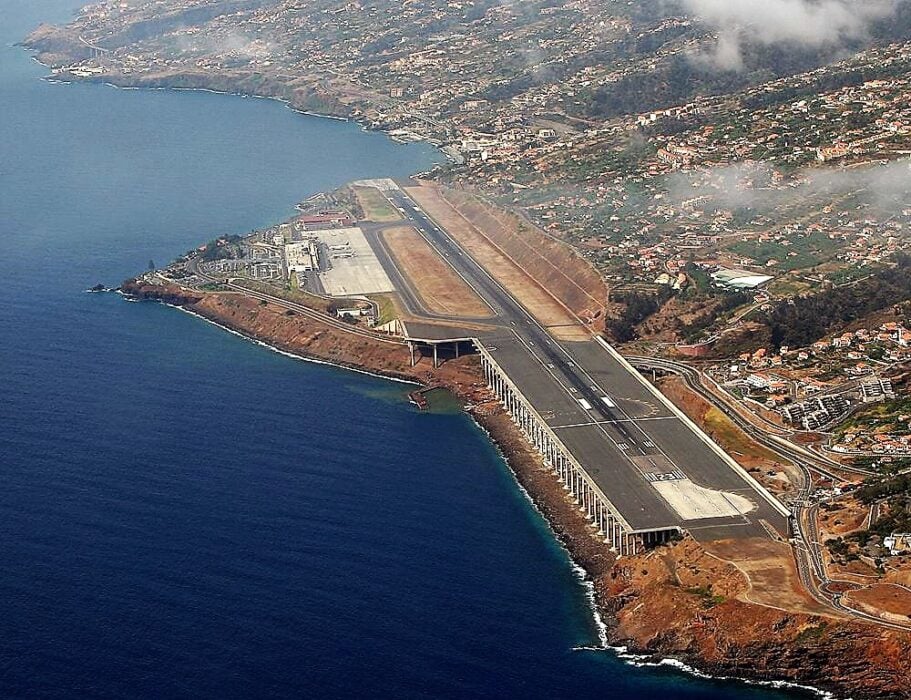
The airport serving the beautiful Portuguese island of Madeira is famous for two things: its incredible runway, which is partially built on a platform of stilts over the ocean, and the terrifyingly strong crosswinds that whip around the island’s mountains. The airport’s location makes it a wind funnel, creating extreme turbulence and wind shear that can make landing impossible.
Pilots need special training to land here, and it’s common for flights to be delayed, diverted, or to abort their landing attempts multiple times before succeeding. Videos of planes swaying violently from side to side on final approach are common, showcasing the immense skill required to land safely at this windy Atlantic outpost.
6. High altitude and mountains surround Aspen, Colorado.

Aspen/Pitkin County Airport is one of the most challenging in the United States due to its “triple threat” of high altitude, mountainous terrain, and severe weather. Located at over 7,800 feet, the thin air reduces aircraft performance, requiring faster takeoff and landing speeds. The airport is situated in a narrow valley, surrounded on all sides by the Rocky Mountains.
This topography means pilots must perform a steep, circling descent to land, and takeoffs are often in one direction only, regardless of the wind. In winter, heavy snow and unpredictable winds add another layer of extreme difficulty, making it an airport that demands the highest level of pilot skill.
7. London City Airport has a shockingly steep approach.

Flying into London City Airport offers incredible views of the city, but it requires a landing that is anything but typical. Because of its location in the heart of the city’s redeveloped Docklands and the need to clear tall buildings, aircraft must perform a much steeper approach than at other airports. The landing angle is a sharp 5.5 degrees, compared to the standard 3 degrees.
This makes for a fast and sometimes jarring landing on a relatively short runway. Pilots must have special certification to fly into LCY. It’s a convenient airport for business travelers, but one that comes with a unique set of operational challenges right in the middle of a bustling metropolis.
8. The world’s shortest commercial runway is on Saba Island.
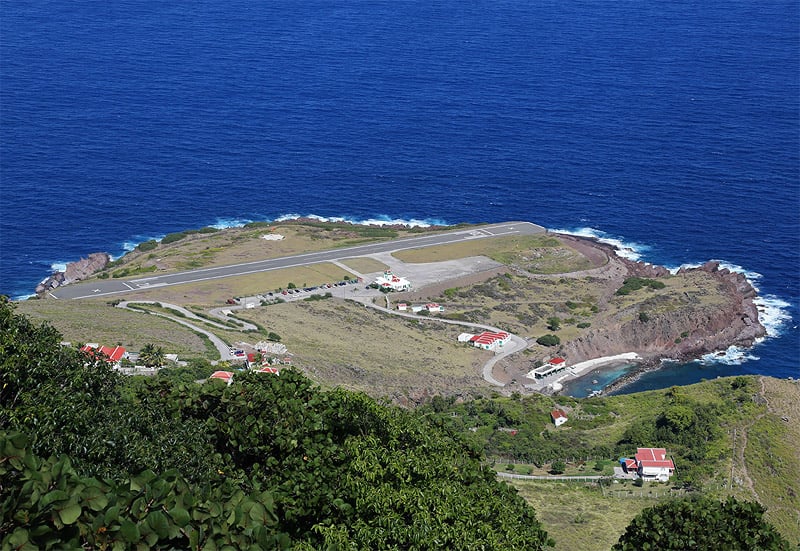
Juancho E. Yrausquin Airport on the tiny Caribbean island of Saba holds the title for the world’s shortest commercial runway. At just over 1,300 feet long, the runway is barely longer than an aircraft carrier’s deck. It is flanked on one side by high hills and on the other three sides by sheer cliffs that drop into the ocean.
Only very small propeller aircraft can land here, and only a handful of highly trained pilots are certified to do so. There is absolutely no room for error; overshooting the runway means plunging into the sea. It’s a stunningly beautiful but incredibly unforgiving piece of pavement.
9. A sharp turn is needed to land at Toncontín, Honduras.

The airport serving the capital of Honduras, Tegucigalpa, is infamous among pilots. Toncontín International Airport is nestled in a valley surrounded by mountains and has an exceptionally short runway for a major airport. Before landing, pilots must execute a sharp 45-degree turn at a low altitude to line up with the runway, a maneuver that is notoriously difficult.
Strong winds often add to the challenge, and the airport’s high altitude further limits aircraft performance. The airport has a history of major accidents, and while some larger jets have been rerouted to a new, safer airport, Toncontín remains a high-risk operation for the planes that still fly there.
10. Telluride’s runway sits on a cliff-edged mesa.

Telluride Regional Airport in Colorado is the highest commercial airport in North America, sitting at an elevation of 9,078 feet. The airport’s single runway is built on a narrow mesa, with sheer 1,000-foot cliffs dropping off at both ends and on the sides. This unique location has earned it the nickname “T-Rex” and makes for an intimidating landing experience.
The extreme altitude means pilots have to deal with significantly reduced engine and aerodynamic performance. In the winter, severe turbulence from the surrounding San Juan Mountains and heavy snow add to the immense challenge. It’s a beautiful but demanding gateway to the famous ski resort.
